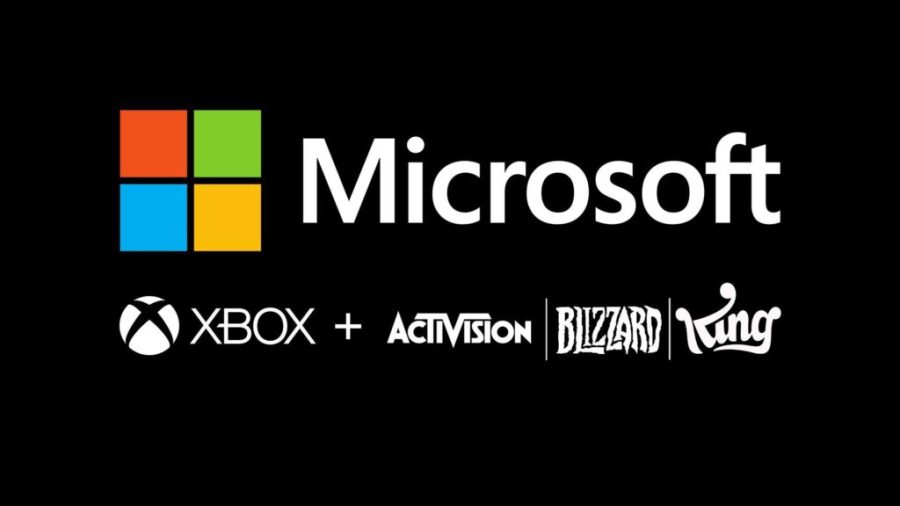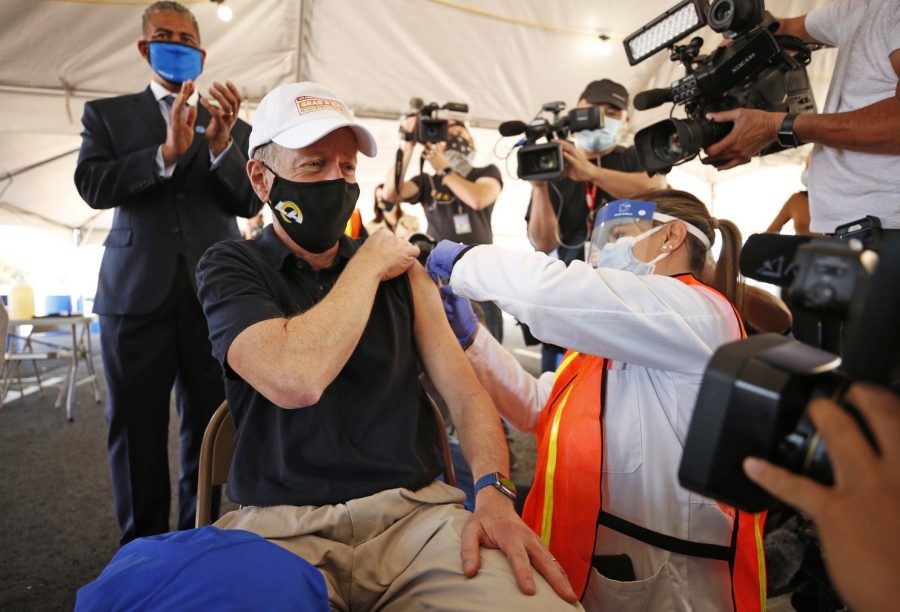A Western Standoff in Hollywood: Writers and Actors Fight for Fairness
In the heart of Hollywood, where stars twinkle both on and off the silver screen, a seismic storm is tearing through the very fabric of the entertainment industry.
Screen Actors Guild – American Federation of Television and Radio Artists (SAG-AFTRA) and the Writers Guild of America (WGA), unshakable unions made up of writers and actors have raised their battle cry, sending shockwaves reverberating through the boulevards.
Regarding students of Taft who desire a career in writing or acting, this strike surely makes a valid case as to why not to pursue a career in Hollywood. For other Toreadors, looking at the strike may help to understand why your favorite streaming shows, movies, and franchises are missing next year.
At the heart of this tempest lies an age-old struggle that now finds itself inextricably woven into the digital world—the pursuit of fair compensation and humane working conditions for writers and actors.
Chapter 1: Demands
The Writers Guild of America (WGA), a formidable assembly of the creative minds behind your favorite TV shows and movies, demands a change in their compensation structure. They argue that in the age of streaming, their work is more in demand than ever, but their pay has yet to keep pace, and that artificial intelligence (AI) has taken that job. These passionate storytellers want to work year-round, not just for a few months a year, and they want their wages to reflect the streaming era’s profitability.
This was seen in a message sent out by a member of the WGA, Michael Jamin, through his Instagram in one video explaining, “I broke into the business as a TV writer in 1996, spending my early years jumping from one show to the next, that meant working anywhere from 10-12 months every year, perfect, full time…then the model changed to streaming…the last 4 years of my career have been writing on one show, but because of the change of the way we get paid I only work 3 months out of every year…I want to work full-time…they have turned my career into a part-time profession.”
The Screen Actors Guild-American Federation of Television and Radio Artists (SAG-AFTRA) actors are thankfully raising their voices in unity. They’re not just fighting in solidarity with their writer colleagues but are also battling for their own rights and fair compensation. Actors part of SAG such as Steve Buscemi most famous for films such as Reservoir Dogs and Fargo explained “We need writers, we need actors, we need to work together and we need fair pay,”. These actors believe they deserve a bigger slice of the streaming pie, arguing that their talents bring life to the stories that streaming platforms rely on to attract audiences.
Chapter 2: The Studios’ Defense
The studios, such as Warner Bros., Disney, and Netflix, have their own perspectives.
Executives highlight the challenge of meeting the unions’ demands when the industry landscape rapidly evolves. They argue that streaming platforms, despite their profitability, bring uncertainty. Studios claim they need flexibility to navigate this new terrain. They argue that the demands of the WGA and SAG-AFTRA are simply too much to bear. Their executives point out that they have a slew of projects in the pipeline, and while the strikes are causing delays, they are confident in their financial muscle to weather the storm.
The organization that speaks on the behalf of the studios, the Alliance of Motion Picture and Television Producers (AMPTP), says “The AMPTP member companies are aligned and are negotiating together to reach a resolution. Any suggestion to the contrary is false.”
As for some of these executives responding to the dual strike, Netflix’s co-CEO Ted Sarandos explained “Let me start by making something absolutely clear: This strike is not an outcome that we wanted… We make deals all the time. We are constantly at the table negotiating with writers with directors with actors and producers…“But we’ve got a lot of work to do there. There are a handful of complicated issues.”
Chapter 3: A Clash of Expectations
Disney’s CEO, Bob Iger, also wades into the fray, stating, “There’s a level of expectation that they have that is just not realistic…they are adding to the set of the challenges that this business is already facing that is, quite frankly, very disruptive.”
Iger’s comments reverberated through Hollywood, igniting further tension. The studios believe that the writers and actors may be overestimating their worth in the grand scheme of the entertainment industry.
On the other side of the divide, actor Bryan Cranston a member of SAG and the WGA and most famous for Breaking Bad as well as Malcolm in the Middle, delivered an intense speech in response to Iger. He declared, “I know, sir, that you look [at] things through a different lens. We don’t expect you to understand who we are. But we ask you to hear us and, beyond that, listen to us…We will not have you take away our right to work and earn a decent living. And lastly, and most importantly, we will not allow you to take away our dignity! We are union through and through, all the way to the end!” This conflict between the unions and that of the studios has been a long-running issue in Hollywood, so much so that even the most successful actors of such unions are standing up against the amount that some get over others.
Chapter 4: The Artists of Taft
As the echoes of this showdown reverberate throughout the entertainment industry, students and artists at Taft High School find themselves at a critical crossroads. The SAG-AFTRA and WGA strikes serve as a stark reminder that the path to a career in writing or acting is not without its challenges. Future creators must remain vigilant, understanding that the industry’s landscape is ever-changing. Yet, it’s not just a lesson in caution; it’s a call to action. Students who desire such careers should care deeply about these strikes because they are witnessing history in the making. These battles for fair compensation and humane working conditions aren’t just for today’s professionals, they will truly shape the future of storytelling. The courage and determination of the writers and actors during these strikes are truly inspiring, showing us toreador’s the power of unity and advocacy. This moment is a reminder that the greatest struggles endured by the very writers and actors of Hollywood are just as critical to aspiring artists on our campus who dream of one day making their mark in the world of tv and/or film.
Chapter 5: The Standoff of Hollywood
Now in its tenth month, the strike shows no signs of diminishing. Hollywood is instead witnessing a battle of principles and passion. While the studios may hold significant financial power, the writers and actors fight for their livelihoods and art. While the writers and actors appear to fight for their freedoms and basic rights in their respective careers, there are other areas of the industry that are hurting, and it’s not just the executives. Additional behind-the-scenes workers such as costume designers, editors, technicians, stunt coordinators, cinematographers, sound mixers, colorists, foley artists, and gaffers all have lack of work due to these strikes.
As this gripping saga unfolds, Hollywood’s future hangs in the balance. Will the writers and actors succeed in their quest for fair compensation and humane working conditions in the digital age? Or will the studios maintain their stronghold, reshaping the industry in their own image?








